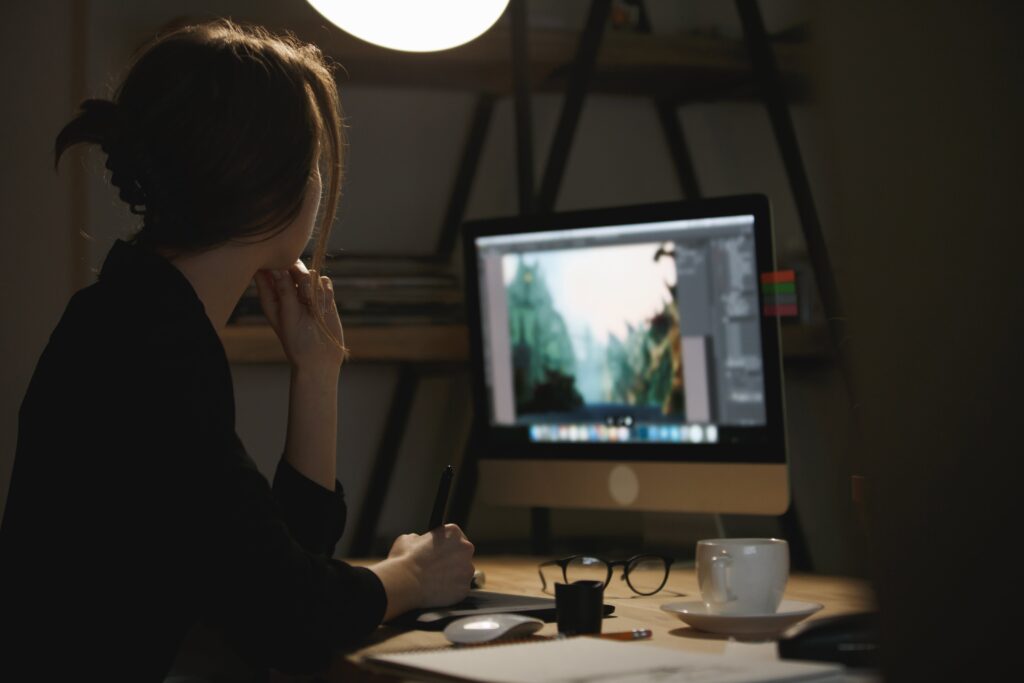Previsualization, often shortened to “previs,” is a crucial step in the filmmaking process that allows directors to visualize their projects before entering production. By creating rough animated sequences or storyboards, filmmakers can experiment with shots, pacing, and visual effects, helping them streamline the production process and communicate their vision effectively to the rest of the team.
In the world of movies, previsualization plays a vital role in shaping the final product and ensuring that the director’s creative vision is realized on screen.
The Importance of Previsualization in Movies
In the fast-paced and high-stakes world of filmmaking, time is of the essence. Previsualization allows directors to plan out their shots, sequences, and visual effects in advance, saving valuable time and resources during the production phase. By creating a blueprint for the film through previs, directors can identify potential challenges, experiment with different creative approaches, and make informed decisions that will ultimately enhance the quality of the final product.
Furthermore, previsualization serves as a powerful communication tool, enabling directors to share their vision with key stakeholders, such as producers, cinematographers, and visual effects artists. By presenting a visual representation of the film early on, directors can align their team members towards a common goal, fostering collaboration and creativity throughout the production process.
Mastering Previsualization Techniques
To excel in the field of previsualization for movies, aspiring filmmakers must hone their skills in several key areas. These include:
- Storyboarding: Storyboarding is a fundamental aspect of previsualization that involves creating a series of illustrated panels to outline the sequence of shots in a film. By mastering the art of storyboarding, filmmakers can effectively plan out their scenes, experiment with different compositions, and visualize the flow of the narrative.
- 3D Animation: In the digital age, 3D animation has become an essential tool for previsualization in movies. By creating rough 3D models and animations of key sequences, filmmakers can explore camera angles, lighting effects, and visual compositions in a virtual environment, providing valuable insights into the final look of the film.
- Editing: Editing is another crucial skill for mastering previsualization techniques. By assembling rough sequences of shots and scenes, filmmakers can experiment with pacing, timing, and visual storytelling, refining their creative vision and enhancing the overall impact of the film.
- Visual Effects: Visual effects play a significant role in modern filmmaking, and previsualization allows directors to experiment with VFX concepts early on in the production process. By integrating rough visual effects into their previs sequences, filmmakers can assess the feasibility of their ideas, plan out complex VFX shots, and ensure a seamless integration of visual effects into the final film.
- Collaboration: Collaboration is key in the world of previsualization for movies. Directors must work closely with their team members, including storyboard artists, animators, editors, and VFX artists, to bring their creative vision to life. By fostering a collaborative and communicative environment, filmmakers can leverage the diverse talents of their team members and create a cohesive and visually stunning final product.
Previsualization in the Animation Industry
In the animation industry, previsualization plays a critical role in shaping the creative process and streamlining production workflows. By creating rough animated sequences of key scenes, animators can experiment with character movements, camera angles, and visual storytelling techniques, refining their ideas and ensuring a cohesive and engaging final product.
For aspiring animators looking to break into the industry, mastering previsualization techniques is essential for success. By enrolling in specialized programs such as NYU Animation Industry Essentials offered by Yellowbrick, animators can gain hands-on experience with industry-standard tools and techniques, learn from experienced professionals, and build a strong foundation for a career in animation.
Key Takeaways:
- Previsualization is a crucial step in filmmaking that allows directors to visualize their projects before production, saving time and resources.
- Mastering previsualization techniques such as storyboarding, 3D animation, editing, visual effects, and collaboration is essential for success in the industry.
- Previsualization serves as a powerful communication tool, aligning team members towards a common goal and fostering creativity.
- In the animation industry, previsualization plays a critical role in shaping the creative process and streamlining production workflows.
- Aspiring animators can benefit from enrolling in specialized programs like the NYU Animation Industry Essentials offered by Yellowbrick to gain hands-on experience and build a strong foundation for a career in animation.
For those looking to enhance their skills and pursue a career in previsualization for movies, consider taking the NYU Animation Industry Essentials online course and certificate program offered by Yellowbrick. This program provides valuable insights, industry-standard tools, and expert guidance to help you succeed in the dynamic world of animation and filmmaking.








